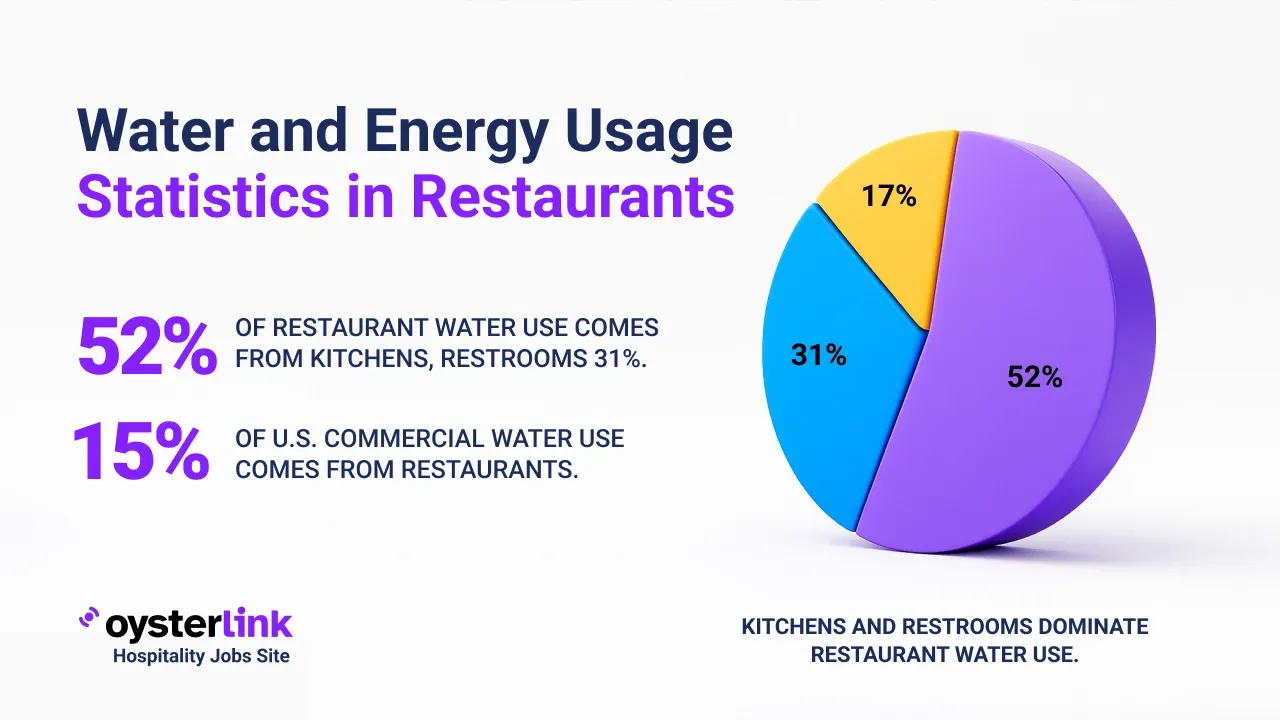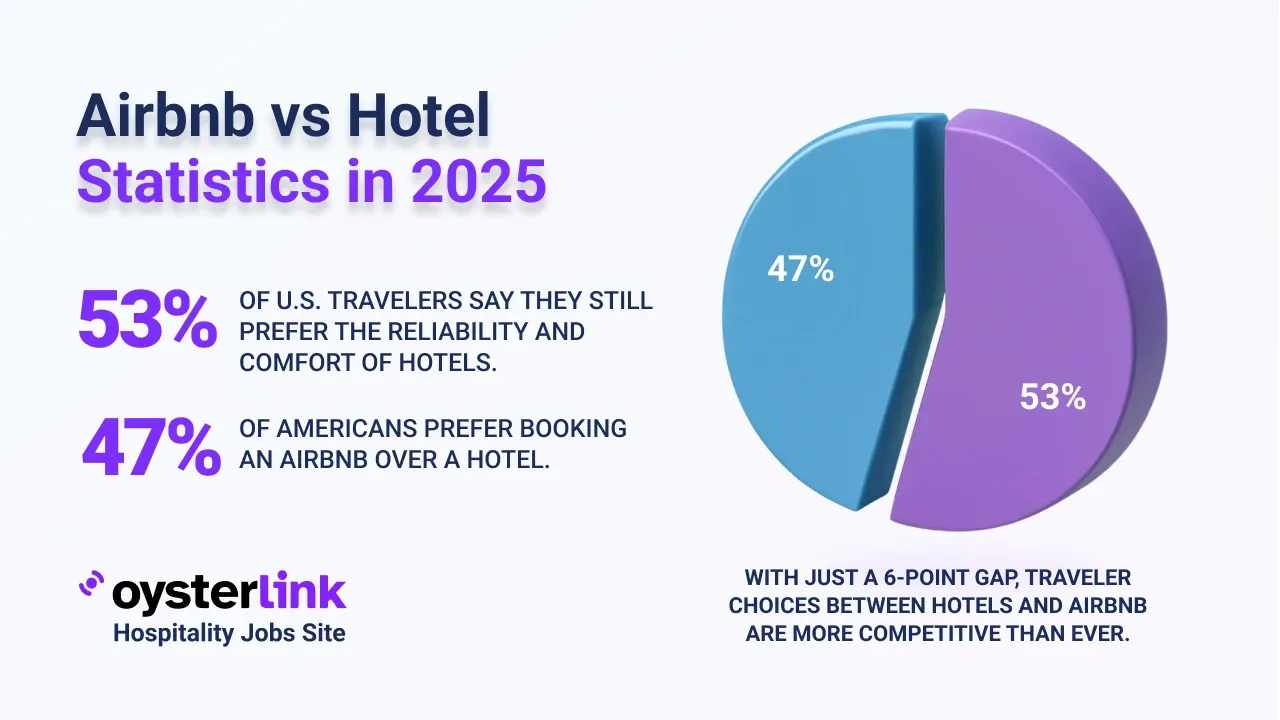Form RI W-4 Withholding Allowance Certificate: Key Takeaways
- Form RI W-4 is mandatory for Rhode Island employees starting in 2020 and replaces the federal W-4 for state tax withholding purposes.
- Employees use the form to claim personal allowances, request additional withholding, or claim exempt status, which must be renewed annually.
- Employers must distribute, collect, retain Form RI W-4, and withhold taxes accordingly, using state withholding tables or percentage methods.
Form RI W-4 is essential for accurately withholding Rhode Island state income taxes from employees' wages. Both employees and employers have specific responsibilities to ensure compliance with state tax laws.
This article explains how to complete Form RI W-4, employer obligations, and the mechanics behind tax withholding in Rhode Island.
For employers looking to understand more about tax tips for restaurant owners and how tax liabilities can impact hiring and payroll, this resource is very helpful.
Understanding Form RI W-4 in Rhode Island
Form RI W-4, titled the "Employee's Withholding Allowance Certificate," became mandatory in Rhode Island starting January 1, 2020. It officially replaced the use of the federal Form W-4 for state income tax withholding purposes.
The purpose of the form is to establish the correct amount of state income tax to withhold from each employee’s paycheck based on their filing status, allowances, and any additional requested withholding.
Employers hiring hospitality staff, including restaurant staff, will find understanding the RI W-4 particularly important for compliance and payroll accuracy.
Key Components of Form RI W-4
- Personal Allowances: Employees declare the number of personal allowances they are entitled to claim, including for themselves, their spouse, and dependents. The form provides instructions on how to calculate these allowances, with a maximum of 10 allowed on Line 1E.
- Additional Withholding: Employees may request an additional fixed dollar amount to be withheld on top of their standard withholding to cover potential tax liabilities.
- Exempt Status: If an employee had no state tax liability in the previous year and expects none this year, or a qualifying military spouse under the Military Spouses Residency Relief Act, they can claim an exemption by writing "EXEMPT" or "EXEMPT-MS" on the form. This status requires a new Form RI W-4 each year to maintain.
- Multiple Jobs or Working Spouse: To avoid underwithholding, employees with more than one job or whose spouse is employed are advised to claim all allowances on their highest paying job's Form RI W-4 and claim zero allowances on the others.
Employer Responsibilities for Form RI W-4 in Rhode Island
Employers have a critical role in ensuring Rhode Island state taxes are withheld correctly according to Form RI W-4 information provided by employees.
Distribution and Collection of Form RI W-4
Employers must provide new employees with the Form RI W-4 upon hiring and collect the completed form.
If an employee fails to submit the form, the employer is required to withhold taxes as if the employee claimed zero allowances, which results in maximum withholding.
To streamline hiring processes and improve compliance, restaurant owners can refer to the guide to hiring a restaurant consultant for expert advice.
Record Keeping and Compliance
Employers must retain the completed RI W-4 forms in their payroll records but are not obligated to submit the forms to the Rhode Island Division of Taxation unless specifically requested.
Maintaining proper documentation is important for auditing and regulatory compliance. Hospitality managers can enhance their knowledge with tips on restaurant owner responsibilities.
How Withholding Amounts Are Calculated with Form RI W-4
The Rhode Island Division of Taxation provides two primary methods for calculating state income tax withholding based on Form RI W-4:
Wage Bracket Method
This method uses withholding tables found in Rhode Island’s Withholding Tax Booklet. Employers determine the withholding amount by cross-referencing the employee's wages and claimed allowances against the tables.
Percentage Method
Employers calculate taxable wages by subtracting the value of claimed allowances from the employee's gross wages. For 2025, each allowance equals an annual exemption amount of $1,000.
Then, the following gradually increasing tax rates apply to the taxable income:
- 3.75% on income up to $79,900
- 4.75% on income between $79,900 and $181,650
- 5.99% on income above $181,650
Employers managing payroll for positions such as restaurant manager or kitchen manager should understand these calculations thoroughly to ensure accuracy.
Handling Supplemental Wages and Bonus Pay
When supplemental wages like bonuses or commissions are paid, withholding depends on how they are paid:
- If paid combined with regular wages, withholding is calculated on the total payment together.
- If paid separately, a flat withholding rate of 5.99% is applied to the supplemental payment.
For hospitality employees such as Bartenders or Servers who might receive tips and bonuses, understanding withholding on supplemental wages is critical for payroll accuracy.
Tax Remittance and Reporting Requirements for Rhode Island Employers
Payment Schedules
Rhode Island employers must remit withheld state taxes on a schedule based on the amount withheld monthly:
- Weekly payments if total withholdings exceed $600 per month
- Monthly payments if withholdings range between $50 and $599 per month
- Quarterly payments if withholdings are under $50 per month
Monthly payments are generally due by the 20th day of the following month.
Quarterly and Annual Reporting
Employers must file Form RI-941 quarterly to report wages paid and taxes withheld for that period.
Annually, employers submit Form RI W-3 summarizing total wages and state tax withholdings for all employees.
For hospitality business owners, especially those managing finances for multiple hospitality roles like Event Manager or Housekeeper, adhering to these schedules is essential to avoid penalties.
Additional Resources for Form RI W-4 and Rhode Island Withholding
- Rhode Island Division of Taxation
- Rhode Island Form RI W-4
- Rhode Island Withholding Tax Booklet
- IRS Tax Withholding Estimator
- IRS Form W-4 Information
Employers seeking to further improve management of their hospitality staff can explore strategies on reducing employee turnover, which is a common challenge in hospitality.
Form RI W-4 Withholding Allowance Certificate: Conclusion
Form RI W-4 is a critical document for Rhode Island employees and employers to ensure proper withholding of state income taxes.
Employees must accurately complete the form to reflect personal allowances, exemptions, or any additional withholding needs, while employers must distribute the form, withhold accordingly, and maintain proper records.
Following Rhode Island’s withholding rules helps prevent tax underpayments or overpayments, avoiding penalties and ensuring compliance with state regulations.
For hospitality managers wanting to sharpen their leadership, consider reviewing this guide on how to hire restaurant staff fast for optimizing recruitment and retention.

.webp)
.webp)

